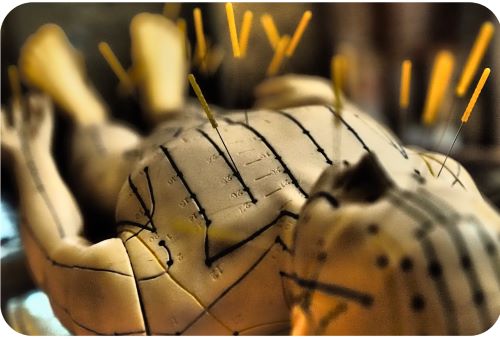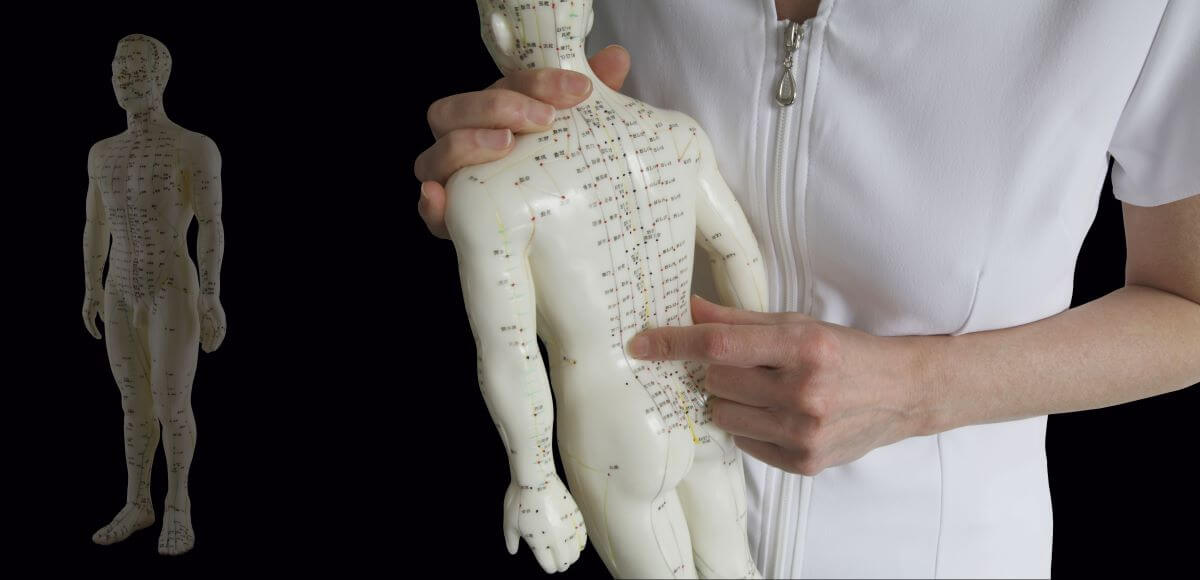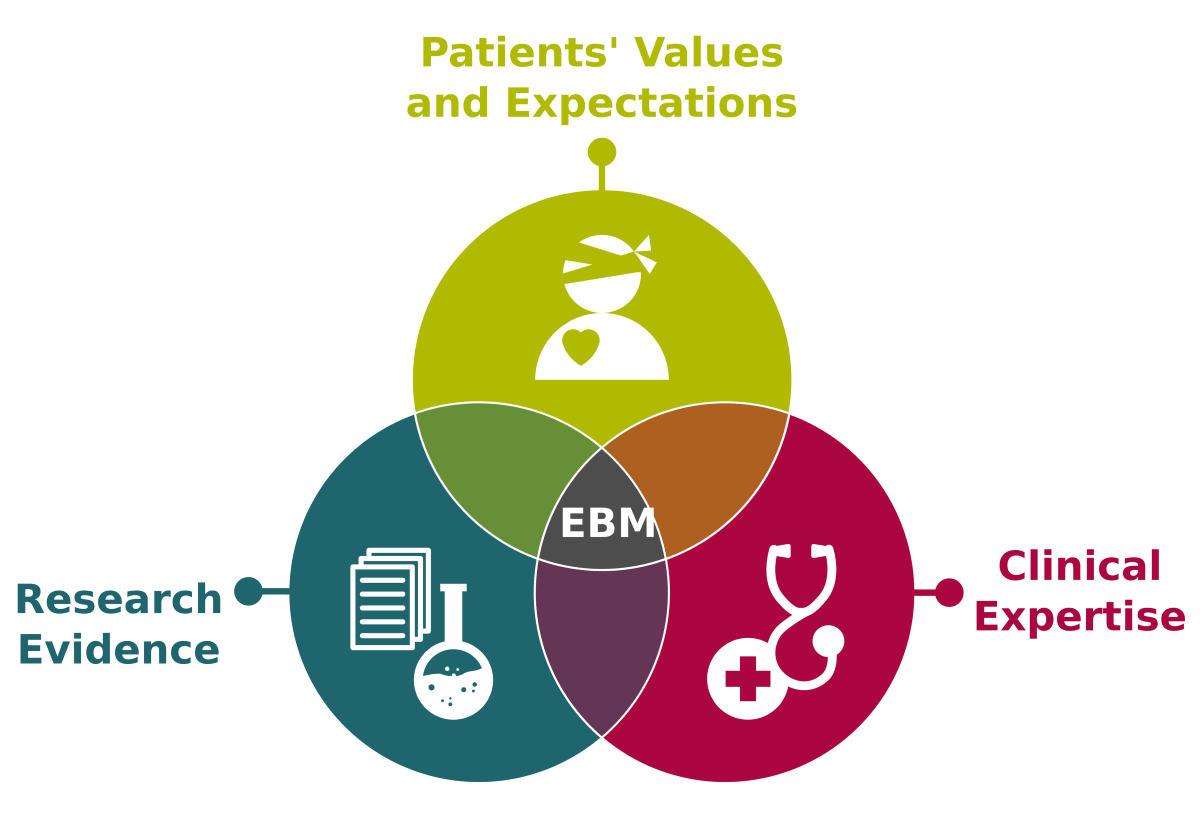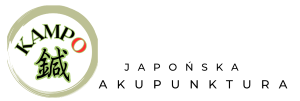Traditional Japanese Medicine & Acupuncture
What is Kampo?
Kampo is a traditional Japanese therapeutic system, primarily originating from classical Chinese medicine that made its way to Japan between the 5th and 6th centuries. It incorporates various traditional therapeutic methods, including acupuncture, moxibustion, anma, dietary therapy, and herbal medicine. Over time, the Japanese have developed unique diagnosis methods, herbal formulas, and therapeutic strategies that build upon the principles of classical Chinese medicine.
Anma and Shiatsu
Kampo Medicine

Acupuncture
Dietary Therapy
Acupuncture: A Fusion of Ancient Wisdom and Modern Science

Acupuncture involves inserting fine needles into specific body points. The acupuncturist might stimulate these points by tapping or rotating the needles. This technique is said to trigger beneficial responses in the body, aiding injury recovery and pain management. Besides, it’s used for treating chronic illnesses, disease prevention, and wellness enhancement.
Explore AcupunctureA Glance at Japanese Acupuncture

The Ultra-Thin Needle
Japanese acupuncture needles are significantly thinner than standard Chinese acupuncture needles.
The Fine Technique
The treatment techniques employed by Japanese-trained acupuncturists are distinctively gentle and comforting.
Safety and Efficacy
Given that the Japanese acupuncture procedure is virtually non-invasive, it offers safe and effective treatment for individuals of all ages.
Remarkable Versatility
This highly effective natural healing art, steeped in thousands of years of Japanese tradition, has been used to treat a wide range of health conditions.
Acupuncture in Poland
Poland boasts a rich and longstanding history with acupuncture, tracing its origins back to the 17th century. The practice was introduced to the country by merchants and missionaries who journeyed along the Silk Road. Despite this deep-rooted tradition, there are currently no Polish universities, including those in Warsaw and Krakow, offering formal education in acupuncture. Instead, knowledge is predominantly obtained through private colleges and unregulated courses. This creates a diverse landscape of learning, but it also paves the way for potential discrepancies in professional standards within the acupuncture practice due to the absence of a universal curriculum or assessment.
The Polish Society of Traditional Chinese Medicine (TCM), based in Krakow, has noted a rising trend in the popularity of acupuncture across the country. This surge is driven by growing public interest and increasing acknowledgment from healthcare professionals of its therapeutic benefits, particularly in instances where conventional Western medicine doesn’t yield satisfactory results. Consequently, acupuncture is regarded as a safe and effective alternative modality, as long as it is administered by appropriately trained and certified professionals.
Currently, legal restrictions bar the practice of acupuncture in public hospitals and clinics. This is attributed to a myriad of factors, including historical medical practices, a dearth of formal regulation, and a medical establishment predominantly oriented towards Western methodologies. Despite these regulatory challenges, individuals seeking acupuncture treatment have easy access to private practitioners, especially in major urban centers such as Warsaw, Krakow, or Tricities. Nonetheless, prospective patients must remain cognizant of the fact that the level of training and competence among acupuncturists can significantly vary. Therefore, it’s crucial to choose a practitioner with the right qualifications and proven experience.

Research
Acupuncture, a treatment technique spanning over two millennia, has been employed to manage various illnesses. Generations have passed down the technical skills and knowledge of acupuncture, establishing it as an empirical form of medicine. Although this tradition may harbor critical clinical insights, historical evidence from both mainstream and alternative medicine demonstrates that expert opinion can occasionally prove unreliable, or even utterly mistaken. The field of acupuncture abounds with unverified theories, techniques, and protocols, necessitating a thorough review of all available information to distill clinically meaningful, quality evidence for patient benefit. According to the Evidence-Based Medicine (EBM) paradigm, high-quality evidence stems from randomized controlled trials (RCTs) and systematic reviews.
Haruto Kinosita of Japan pioneered the first controlled trial in acupuncture in 1971. Since then, a mounting number of controlled clinical trials have been primarily conducted in the US, China, and Europe. As of May 2023, more than several thousands RCTs and systematic reviews concerning acupuncture have been executed, yielding varied results.
The Cochrane Database of Systematic Reviews is the leading database for systematic reviews in healthcare. Search acupuncture and TCM Reviews in the Cochrane Library

Basic studies in acupuncture, while focusing on unraveling its underlying mechanisms, frequently use standardized methods on single acupuncture points to identify what triggers specific responses. Although these strictly controlled laboratory results may not directly translate into diverse clinical settings, they’ve been instrumental in providing indispensable insights over the past three decades. To bolster acupuncture’s reliability, researchers have aimed to reproduce these results via standardized protocols, reducing inter-practitioner variability and promoting consistency across practices.
However, perfect standardization is a challenge due to inherent variability stemming from practitioner expertise, patient responses, and treatment contexts. Thus, a primary focus of current research is identifying the most crucial elements of an acupuncture protocol that should be standardized for therapeutic efficacy, while allowing necessary practitioner flexibility. Unraveling acupuncture’s mechanisms is paramount not only for understanding its operation but also for refining these standardized protocols, enhancing result reproducibility, and ensuring the therapy’s ongoing acceptance as a legitimate, scientifically-grounded treatment option.
Influence of Acupuncture on Muscle Coordination Revealed by Dynamic Electromyographic Evaluation
Invited presentation at the Status of Acupuncture and Moxibustion Symposium,53rd Annual Meeting of the Japan Society of Acupuncture and Moxibustion, Chiba, Japan, June 2004
Acupuncture and Sound Assisted Autonomic Modulation Technique: Brief Scientific Background and Clinical Applications
Part of this paper was presented at the ICMART XIII World Congress: Medical Acupuncture Science and Techniques, Oct, 2008, Budapest, Hungary and World Health Organization (WHO) Congress on Traditional Medicine, Nov, 2008, Beijing, China
Treatment of Infertility by Acupuncture According to Circalunar and Cardiac Variability Rhythms
A part of this paper was presented at WFAS International Acupuncture Congress, cosponsored by World Health Organization, in Beijing, China, Oct. 2007
